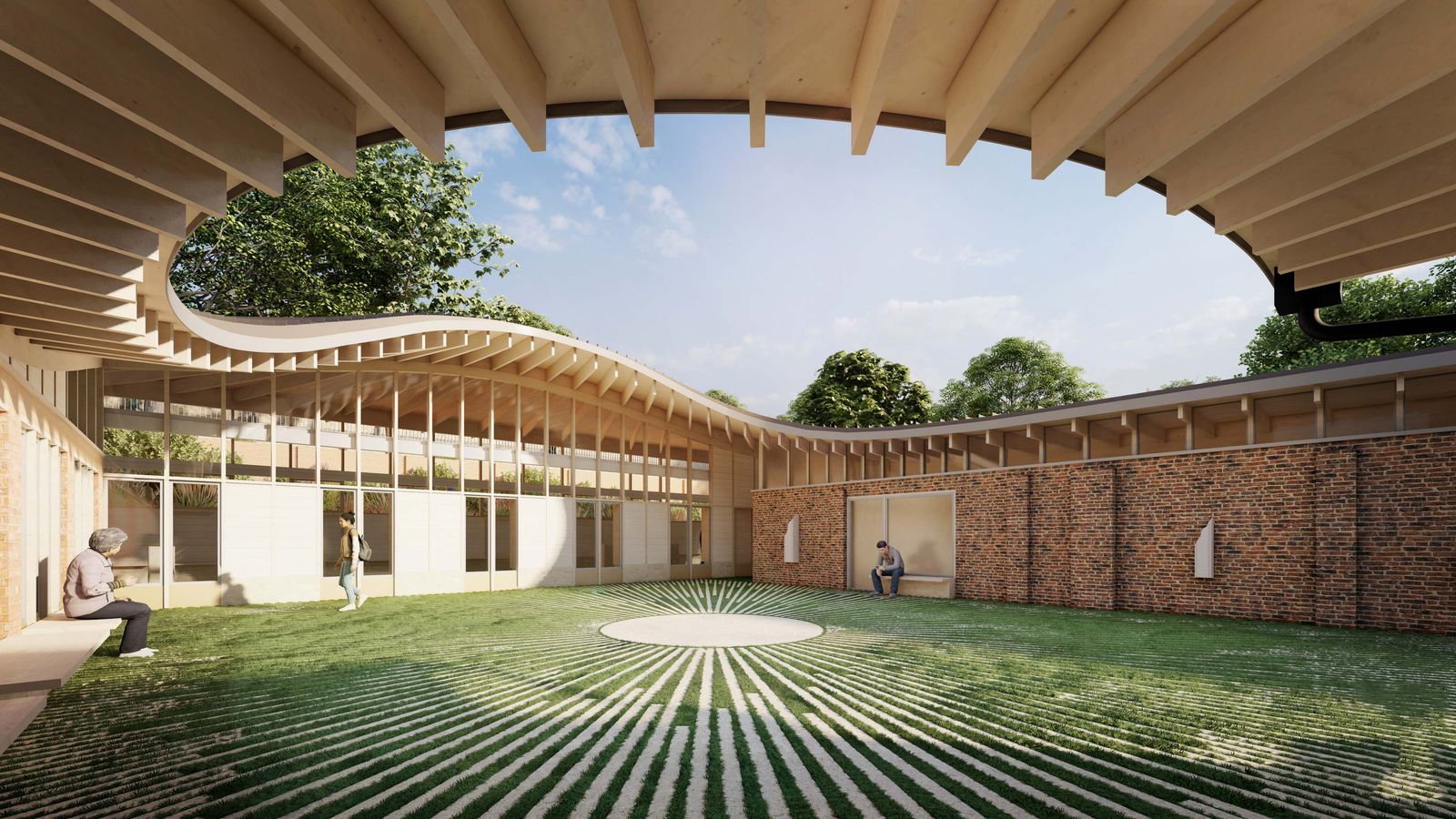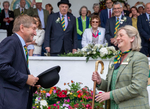Plans to establish the York Minster Precinct as a world class campus facility for research, education and training in ancient craft skills have taken a major step forward today.
The Centre of Excellence for Heritage Craft Skills and Estate Management will bring benefits including continuing the craft of stonemasonry and encouraging global learning and knowledge sharing, as well as being a shining example of best practice in managing complex heritage estates.
The plans, designed by acclaimed architectural practice Tonkin Liu, have been submitted to City of York Council for the development of two sites – The Heritage Quad and The Works and Technology Hub.
The £5m fully funded project is being co-ordinated by the York Minster Fund.
The scheme will provide new facilities for craftspeople, including York Minster’s stonemasons, and house and deliver training in modern techniques and processes to apprentices and students in York and further afield, working with cutting edge digital facilities alongside the ancient craft skills for which the Stoneyard is renowned.
Existing buildings within the Precinct will be sustainably reordered, repurposed and renewed to provide new workspace and associated facilities, enable greater engagement and interaction with the public around key crafts and trades and allow improved links with education.
The vision for the Centre of Excellence is a key element of the York Minster Precinct Neighbourhood Plan which sets out a policy-led approach to creating a sustainable future for the Minster and its seven hectare estate.
Alex McCallion, director of works and precinct at York Minster, said: “It takes a multidisciplinary team of skilled heritage craftspeople and experts in their field to maintain and care for the ongoing cycle of repair, restoration, conservation and development of York Minster, its ancient buildings and monuments. Our existing stoneyard houses the complete range of craft and trade skills that are vital to achieve this.
“Yet despite this, the facilities available to our skilled workforce are constrained and inadequate, set against a backdrop of declining craft skills. We also recognise the need to keep pace with innovations and modern processes such as digital technology, data scanning and Computer Aided Design (CAD).
“The creation of a Centre of Excellence for Heritage Craft Skills and Estate Management will therefore not only enable the preservation and development of the ancient craft skills that have sustained the Minster over the centuries but will also secure the long-term environmental, financial and heritage sustainability of it for future generations to enjoy as we do today.
“It will position York Minster as leading the charge for the preservation of ancient craft skills on the international stage, facilitating knowledge sharing and exchange programmes with partner cathedrals worldwide, including Washington, Milan and Trondheim and will also have immediate economic and tourism benefits for York and the wider region.”
The Revd Canon Michael Smith, Acting Dean of York, added: “Delivery of the York Minster Precinct Neighbourhood Plan, of which the Centre of Excellence for Heritage Craft Skills and Estate Management is a major part, will signal the biggest programme of planned works at York Minster and within the Minster Precinct Neighbourhood in 150 years.
“It is the first time an approach of this type has been used to map the future care of a cathedral and we believe it will positively inspire others to follow as we become an exemplar for how heritage estates address climate change. It is a plan for the city of York and something we should all be proud of.
“We are incredibly excited about seeing our Centre of Excellence plans, alongside other ongoing projects including the refectory restaurant and College Green improvement works, become a reality over the coming months.”
Richard Shaw, chairman of York Minster Fund (YMF), said: “The Centre of Excellence is the culmination of a YMF funded, three year research and development project, which benchmarked the Minster against other heritage sites around the world. It aims to bring together the best of the best in a single location, both now and into the future. We see our investment in the project as the best way of securing skills, jobs and heritage restoration at the Minster for decades to come.”
A key element of the project will be the resurfacing of the existing 1970s cobbled road leading to the new Heritage Quad, which is currently uneven and hazardous.
A planning decision is expected in late summer and, if approved, York Minster aims to successfully deliver the project in early 2024.






